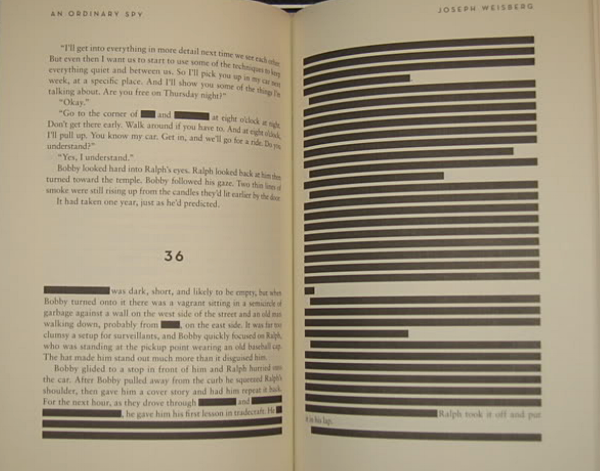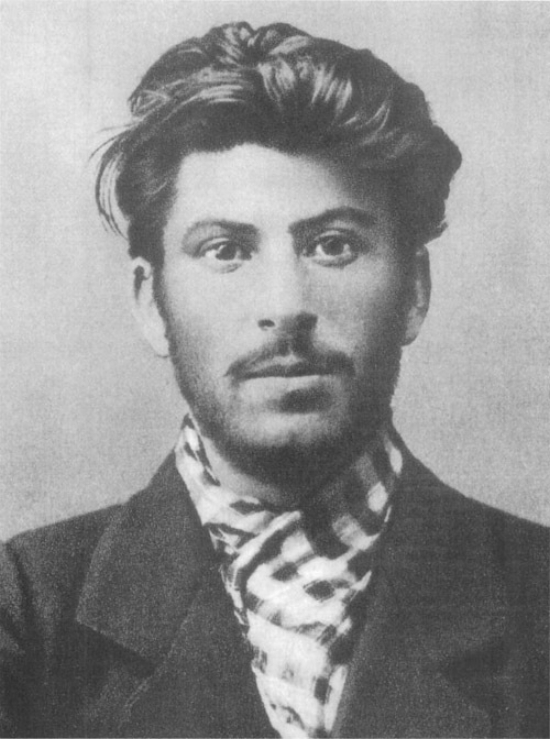Notes of a drink-man
Kingsley Amis: Everyday Drinking: The Distilled Kingsley Amis
The New Criterion, January 1, 2009
There are, I suppose, various possible things I might do after failing to reconcile with an estranged wife because of my refusal to give up alcohol. Becoming a drink columnist for a national newspaper is not one of them. Then I’m not Kingsley Amis. Then again, Elizabeth Jane Howard soon ceased to be Mrs. Kingsley Amis. Oh well. Some or all of those columns later re-appeared, clean-shaven, refreshed, and tidied-up as Every Day Drinking (“Being paid twice for the same basic work is always agreeable”), the second of three books (the other two are On Drink and How’s Your Glass?) that differ from much of Amis’s oeuvre in that they are specifically about drink rather than being merely drink-sodden.
Don’t misunderstand that “merely.” An immense torrent of alcohol surged through much of Amis’s work, sweeping his novels and their protagonists on their bleary, boozy, too British to be Bacchanalian, way, and, as it did so, it shaped our view of their creator. As Amis complained/boasted in his Memoirs, he had “the reputation of being one of the great drinkers, if not one of the great drunks, of our time.” Part of the blame lay with the characters with whom he peopled his fiction: “A link is set going and is reinforced every time one of my chaps raises a glass to his mouth, and I have to admit that some of them do so rather often.” Somewhat defensively, and after allowing for the necessary journalistic exemption, Amis goes on to warn that writing and drinking don’t mix: “Whatever part drink may play in the writer’s life, it must play none in his or her work.”
By many accounts, Amis stuck fairly strictly to this rule. Alcohol was his theme, not his muse. Even in his extraordinarily bibulous, and, under the circumstances, remarkably productive, later years, he would write for a few disciplined, Mojave-dry hours in the morning before calling it quits and plunging into a liquid lunch, wet afternoon, and thoroughly saturated evening. Influenced, doubtless, by Dixon’s most memorably dreadful morning in Lucky Jim, Martin Amis has described his father as “the laureate of the hangover,” and so the Old Devil was—but, surely, in both senses of the phrase.
Every Day Drinking, On Drink, and How’s Your Glass? are now available in one volume, with, perhaps unsurprisingly, Christopher Hitchens (a friend of Amis, that’s all I mean by that “unsurprisingly”—really) providing a new introduction. He does so deftly, with charm and insight. It’s even less of a surprise that a highlight of this collection is frequently said to be Amis’s discussion of the hangover. Grand stuff it is too: amusing, certainly, but also awash with patent cures, long-marinated advice, and the details of “three notable breakfasts.” Unfortunately, it is also chock-full of bunkum, and pretentious bunkum (“the metaphysical hangover”: come on) at that.
Hangovers are a bad business, but they are (fairly) easily seen off with Veganin (a take-no-prisoners painkiller, long available over-the-counter in the U.K.), Coca-Cola, and, once things have calmed down intestinally, an Egg McMuffin. There’s no need to make a big deal about them, but that is exactly what Amis is doing, disappointing behavior from a man so skilled at deflating mystification, humbug, and fuss, from the writer who so relished repeating (in the Memoirs) Brendan Behan’s approval of the way that Parisians (allegedly) ordered wine:
You don’t catch ’em saying “Have you a nice full Burgundy with a good big body?” … Christ, it’s “D’ya want the ten, the twelve or the fourteen percent and d’ya want the label with the sluts dancing or the bastard with the big hat?—What d’ya want?”
That’s, so to speak, the spirit, and that, I suspect, is also the spirit in which Every Day Drinking and On Drink were designed to be read (How’s Your Glass?, a dull series of quizzes of interest only to drink nerds, is something else altogether). Amongst Amis’s targets are wine snobs, reverse snobs, “authenticity,” the “no-reds-with-fish superstition,” Paris, “curiously shaped” bottles, and dancing (“ridiculous and shameful”). Food (“irrelevant rubbish” with no place in a “drink-man’s” refrigerator) is, as often with Amis, an object of disdain. Amis’s later career as a restaurant critic was one of his better jokes.
And if it’s good jokes and convivial writing that you’re looking for, there’s plenty to be found in Every Day Drinking and On Drink, as well as, amongst other treats, generous portions of splendidly forthright advice (good and bad) and an endearingly eclectic selection of cocktail recipes (good and bad): tomato ketchup has no place in a Bloody Mary, Sir Kingsley.
But it’s not just the thought of Stolichnaya colliding with Heinz that may leave some readers a touch queasy. Complicated undercurrents swirl beneath the breezy, blokey surface. At one level, with his references to wine merchants, drinks parties, waiter wars, and the pub, Amis is presenting himself as one of the “chaps” (even then, a mildly arch, somewhat dated term to use so repeatedly in print), a modestly prosperous, immodestly reactionary everyman (and I mean man: “females” are generally relegated to annoyances, totty, or comic relief), but on closer inspection this proves to be a confidence trick. With their name dropping, vacation dropping (“Should you find yourself in Athens, you seriously should make the trip to Naxos”), and condescendingly matey intellectual ostentation (Goethe’s Harzreise im Winter is, “between you and me, rather crappy”), the conceit that these writings reflect the lives of their intended readers is, between you and me, nonsense—flattering nonsense, but nonsense all the same.
In truth, Every Day Drinking and On Drink are aspirational, and what its readers are meant to aspire to be is Amis. Back in 1965, Amis (lightly disguised as Lieutenant-Colonel William “Bill” Tanner) had written The Book of Bond or Every Man His Own 007, a “how to” guide for would-be Bonds, extremely funny (find it if you can), but firmly tongue-in-cheek. As Books of Amis, Every Day Drinking and On Drink were intended a little more seriously, and that, ultimately, is the tragedy they represent. Drink was Kingsley’s (other) Thing, a prop, a pleasure, a crutch, a social lubricant, and, I’d guess, a means of “getting away … from this body … from this person … from attending to my own thoughts.” These last words are borrowed from The Green Man’s Maurice Allington, an alcoholic, and, of all Amis’s numerous fictional alter egos, the one who may have come closest to reality. Allington is contemplating the relief that only death will bring, but, in the meantime, we know that he will make do with the bottle.
In his invaluable Life of Kingsley Amis, Zachary Leader observes that the question of alcoholism is given “short shrift” in On Drink (Amis wrote there that he had “little to offer” on the topic). Plausibly enough, Leader suggests that for Amis the distinction between drinker and alcoholic rested on whether the drinking was a social activity. Quite possibly: it’s questionable science, but as a rationalization it could work. Amis’s writings can thus be interpreted as an attempt to redefine his own drinking in a way that made it seem, if only to himself, as a normal expression of sociability—and therefore nothing to fear. Snarling Garrick get-togethers are transformed into something jovially Pickwickian; binges and pratfalls are just what any chap might to do; a compulsion becomes a respectable intellectual interest, and, what’s more, a nice little earner: all under control, then.
Except that, as Amis must have been too sharp not to realize, it wasn’t. As Hitchens recalls, “the booze got to him in the end, and robbed him of his wit and charm.” There’s nothing particularly social, or sociable, about that. In the end, of course, it helped kill him. He’d got away at last.









